Best Books to Teach about Body Safety and Inappropriate Touch–Even While Living Overseas
Giving children a defense against sexual molestation involves education, clear boundaries, and open lines of communication. How can you do this effectively when you live in another country? Teaching body safety to children living overseas does not have to be difficult or even look much different than teaching children who live in their home country. Here are tips, resources, and thoughts from an expat family.
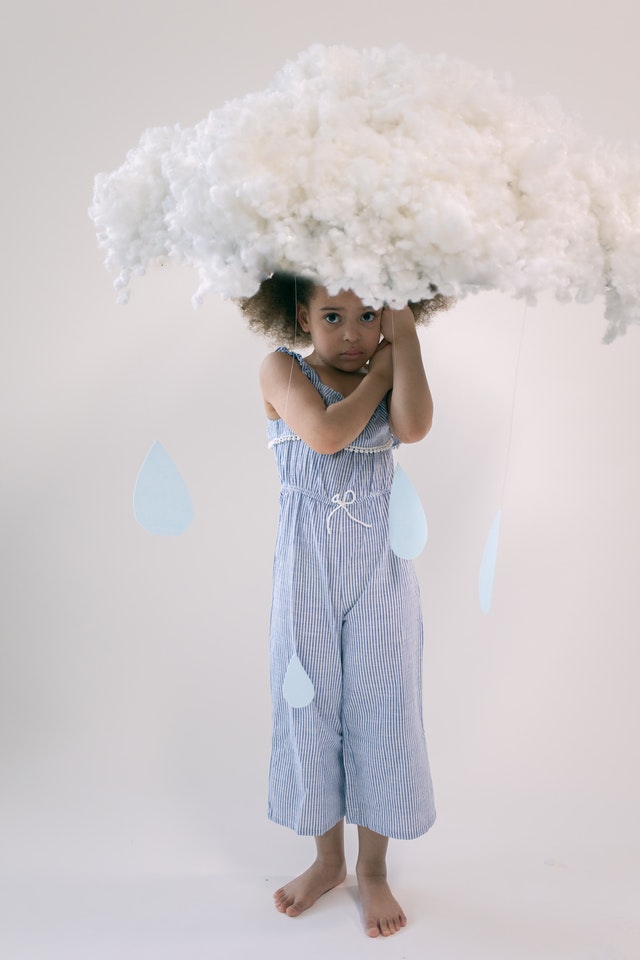
“Stranger danger”…how in the world does that work when you live overseas and pretty much everyone is a stranger?
Well, first of all, the phrase itself is problematic.
I think it wise to term this education “body safety” rather than “stranger danger” because–in sad truth–sexual abuse and molestation happens most often with trusted people.
And while it is important to teach children to take care around people they don’t know, it is even more important to teach them about body safety in general–no matter where they live in the world.
So just how do you do it?
Today, I want to share with you some helpful thoughts and resources that my family is using to educate our little boys about this most important topic.
CULTURAL CONSIDERATIONS AND ENVIRONMENTAL FACTORS WHEN TEACHING BODY SAFETY
Physical displays of affection are more common in some cultures than others.
Take, for example Brazil versus Thailand.
In Brazil, our sons can expect to greet everyone with a kiss on the cheek and to receive a hug or kiss in return. This is entirely cultural.
In Thailand, however, physical touch between adults is not common. Whereas touching babies and young children is more acceptable culturally in this country, it is not expected to the same degree that it is in Latin America.
So when a stranger came up to me and my eldest son and demanded that he give her a kiss, what did I say?
“No.”
I could say this so confidently because I knew that this was not a cultural expectation. There was no protocol for expecting this of a child, especially one that just met you.
When you enter another country, being aware of normal physical interactions within that culture can help you greatly as a parent in protecting your children. So educate yourself.
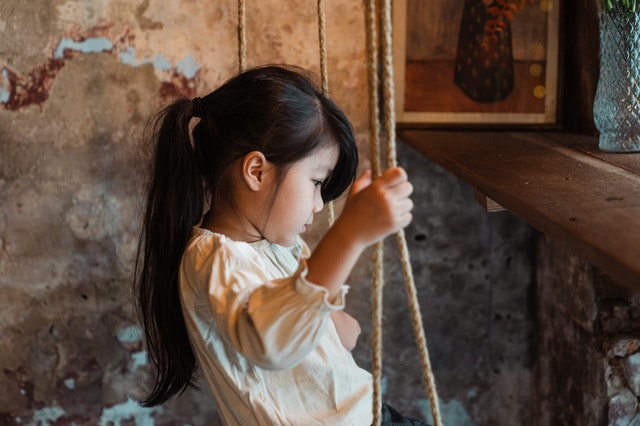
SHOULD YOU LET SOMEONE KISS YOUR CHILD BECAUSE IT IS THEIR CULTURE?
The answer to this question is complicated.
On the one hand, there are cultural norms for greetings.
But on the other hand, there are personal preferences and also the possibility of abuse.
This is a very personal question. Sometimes people’s preferences for physical distance and personal space vary.
But one thing is true, no matter where you live in the world: You are your child’s protector.
We received some excellent advice before our sons were ever born:
If your child is uncomfortable with physical touch from someone, it’s your duty as the parent to speak up for them.”
Small children–and even sometimes adults–have a difficult time telling when something bothers them. They would rather put up with the discomfort (or abuse) rather than tell.
Hopefully, through training our kids about body safety, they will gain more confidence to say “no” against unwanted touch.
However, no matter how much we educate our kids about body safety, we as parents will always have the responsibility of guarding them against sexual molestation. It comes with the territory of being a parent.
You, as the parent, understand culture to a greater depth than you child does at his or her tender age. However, they understand better than you do what makes them uncomfortable.
The advice we received as a young couple expecting our first baby was “If your child is uncomfortable with even a cultural expression of physical affection, stop it for them.”
After all, you don’t want your child to be harmed. And you don’t want them to walk away with a negative association with that culture or people group.
We have witnessed the effects of allowing unwanted physical touch. Some children we know entirely avoid people with specific physical features because they associate these people with their past discomfort / trauma.
If your child does not like some type of physical touch, don’t allow other people to do it, however rude it may come across. You are your child’s mom or dad, after all, and you have the right to say “no”–even if other cultures might not perceive that right in the same way.
You are mama.
You are papa.
And you are the only one who can fulfill that protective role for your child. Strangers and other friends aren’t responsible for that in the same way as you are.

WHEN CULTURE EMBRACES SIN AS THE NORM
Our world is broken. There’s no doubt about that.
As I write this post, Russia is waging war on Ukraine. It’s unjust. It’s ludicrous. But somehow, the leaders justify the war in their minds.
Cultures do this. We can all justify something just because we grew up with it being a “part of life.”
But it’s not always ok.
And it’s not always helpful.
It’s not always good.
Acceptable physical touch in some cultures might include abuse. It might include touching a child’s private parts.
In our life overseas, for example, we saw a grandmother potty training her grandson. What was his “reward” for going pee? Getting his genitalia stroked by his grandma.
I say this example not to bash a particular culture but just to illustrate my point: Culture can embrace distortions of good sexuality. In fact, I think every culture on earth has some form of distorted sexuality.
So just because something is “normal” or even “expected” doesn’t necessarily make it right, good, and healthy.
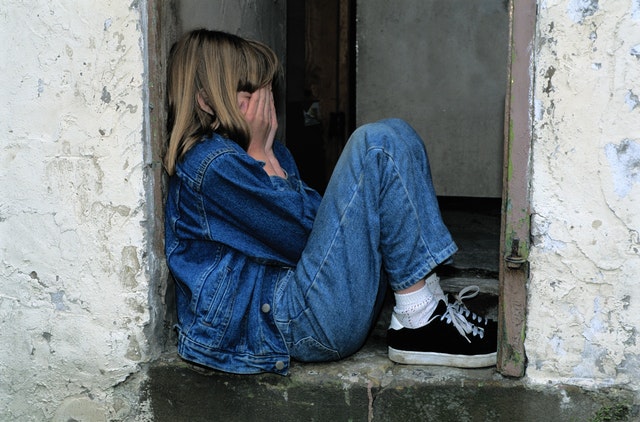
HOW CAN UNWANTED TOUCH AFFECT A CHILD’S PERCEPTION OF ANOTHER CULTURE?
This was an extremely important question for me to ponder as a new mom.
A little girl I knew had a deep aversion to people in Asia because of her experiences. Her blond hair and light features were so tempting to touch, and curious strangers wanted to stroke her head and touch her skin. For them, it was an innocent curiosity. For her, it was terrifying.
As a mom, I don’t want my children growing up with fear of other cultures or specific people groups because of negative past experiences. So it’s my duty to pay attention to how my children react to their neighbors in our overseas home and to help them draw boundaries.
Even if people interpret the refusal of touch as rude, sacrificing our children’s well-being so that other people aren’t offended is neither wise nor responsible.
We should not lay our children on the altar of cultural acceptance in this way.
That might sound a little harsh, so let me phrase it another way:
We choose either to commit an offense against our child by dropping the ball to protect them – or – to offend someone for whom we are not responsible by not allowing them to touch our child in one moment in time.
The balances are not evenly weighted in the least.
EXAMINING OUR OWN ATTITUDES TOWARD CONVERSATIONS ABOUT SEX AND THE BODY
Being squeamish about talking about sex with children is not virtuous. It’s not a sign of purity.
While sex might not be the most pleasant of topics, it’s an important one. Just like we tell children not to touch the stove because they will get burned, we need to have conversations with them about guarding themselves from sexual exploitation.
We are their protectors. Responsible for their well-being. Charged with their care. Accountable for what we allow.
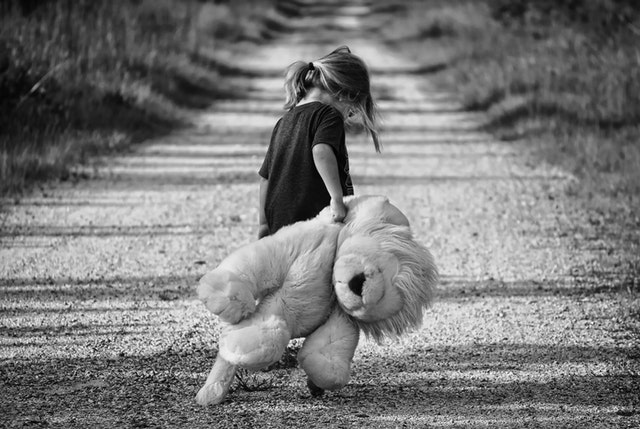
HOW DO YOU KNOW WHEN YOUR CHILD IS UNCOMFORTABLE WITH PHYSICAL TOUCH?
Children show their dislike of unwanted touch in various ways. Here are some possibilities:
- They avoid someone who frequently tries to touch them (or whom they expect might try to touch them).
- They shrink back from the touch.
- They avoid making eye contact after they have been touched.
- They hide behind you in public.
- They hit or bite or kick when someone touches or gets close to them.
- They cry.
- They tell you, “I don’t like this” or “I don’t like him/her.”
WHAT TO DO WHEN PEOPLE WANT TO TOUCH YOUR CHILD
There are multiple polite responses. (I’ll give some examples in just a minute.) But when it comes down to it, if you have to give a firm “no,” it’s totally fine. You are your child’s parent. You don’t have to apologize for speaking up for him/her.
Polite responses you can give when someone wants to touch or hold your child:
- “She isn’t feeling well today.”
- “She is shy.”
- “He is tired and needs to go home.”
- “He prefers not to touch.”
- “My child waves.”
- “Please wave.”
These are just some examples. If you have other responses that are firm and polite, write them in the comments so we can all gain from them!

STEPS TO TEACH CHILDREN BODY SAFETY
- Establish good communication. Keep your relationship with them a priority, and reassure them that they can always tell you anything without fear of being shut down.
- Educate them about their own bodies. This is super important. If children know the proper names for their body parts, they are more capable of reporting abuse if it happens.
- Educate them about the proper role of sex. As a mom, I don’t want my children to gain a distorted view of sex, as if it is only intended to harm them. Instead, I want to teach them about God’s beautiful design. They need to know how–in our broken world–that design is, sadly, often distorted. But I want them to see God’s purpose in creating them as male and female. It’s a beautiful thing, not something shameful or dirty.
- Teach them about how our body should not be used. This can involve a list of “should nots”: “No one should touch your penis or your butt. No one should take off your clothes. No one should show you pictures of naked people. No one should let you touch their private parts. No one should kiss you on the mouth. No one should kiss you on your private parts.” These are great, simple instructions. And I think education on this topic should also involve in-depth conversations, as age appropriate. You know your child better than anyone else.
- Teach them that there are “good pictures” and “bad pictures.” This is a great way for young children to distinguish between pornography and normal photos and art. (See my list below of book suggestions for more about how to teach this topic.)

BOOKS TO TEACH TODDLERS ABOUT THEIR BODY
Before we can teach our children about inappropriate touch and sexual abuse, they need to know the proper names for body parts.
Interactive, colorful, and engaging are all things that we look for in books for toddlers. And there are, thankfully, plenty to choose from!
Here are some of our family’s favorite toddler body books:
Toes, Ears, and Nose by Karen Katz
Where is Baby’s Belly Button? by Karen Katz
BOOKS TO TEACH ABOUT THE BODY (FOR A CHILD OF ANY AGE)
These books are great for any age (including toddlers), and older children will find them engaging and attractive.
Usborne Look Inside Your Body
We use this book as part of our homeschool curriculum. The flaps to lift engage my boys in the reading, and the book itself is packed with information.
Your Whole Body by Lizzie DeYoung Charbonneau
Beautiful! This book depicts children of all ethnicities in its description of the human body. It includes the proper names for private parts.
Who Has What? by Robie H. Harris
A perfect book for teaching children the differences between boys’ and girls’ bodies. It trains children to say the proper names for genitalia, including the names for girls’ parts (something that many kids books skip).
There is only one issue I can find with the text and illustrations. When the author describes girls’ parts, he says that girls have “two holes.” And the illustration of this makes that region flat.
Some parents have noted that this depiction has given their girls the idea that maybe they are actually defective or similar to boys because their private parts don’t look the same.
As a parent, it is totally possible to insert your own explanation–even a simple something like “Private parts can look different.” Or if you choose, you can also explain in more detail and teach the words “clitoris” and “vulva.”
Usborne Shine-A-Light: Human Body
Use a flashlight to show the hidden images on each page. This book is brilliant! It shows the inward workings of the human body, including a baby growing inside of her mother. Fascinating!
THE BEST BOOKS TO TEACH BODY SAFETY
Children need books that are not intimidating for this most intimidating topic. Our family enjoys several books that take a gentle approach, while still conveying important messages clearly.
Here are our recommendations for the best books to teach consent and body safety:
Some Secrets Should Never Be Kept by Jayneen Sanders
A well-woven story that trains children that secrets are not always good or appropriate. The story shows clearly that some touch can make us uncomfortable (“inappropriate touch”) and even led us to feel dirty, but that no secret is too shameful to keep from a trusted adult, like a parent. A charming story with a powerful message.
No Means No! by Jayneen Sanders
This author has multiple books about body safety. And she knows her stuff. No Means No! touches on the topic of consent and physical touch, empowering children to draw boundaries and refuse inappropriate touch.
I Said No! by Kimberly and Zack King
A mother and son wrote this book, inspired by the son’s experience at a sleepover. Presenting a practical scenario to children can help them to put knowledge about body safety into practice and to make necessary connections to their own lives. This book does just that.
God Made All of Me by Justin S. Holcomb
Approaching the topic of body safety from a Christian perspective, Holcomb emphasizes that our bodies are beautiful gifts–creations of God. They are very good, no matter what happens to us. I only wish that this book had more illustrations, but that’s just me as a toddler mom and picture-book-lover. 😉
Good Pictures, Bad Pictures by Kristen A. Jensen
In a day and age when the average exposure to pornography is 6 to 8 years old, it’s never too early to train children about the dangers and effects of pornographic material. Pornography is often used as bait to lure older children into additional sexual abuses.
Good Pictures, Bad Pictures, Jr. by Kristen A. Jensen
All of the wonderful information of the original book, just more appropriate in text length and vocabulary for a younger audience. Beautiful watercolor illustrations make the book topic less threatening.
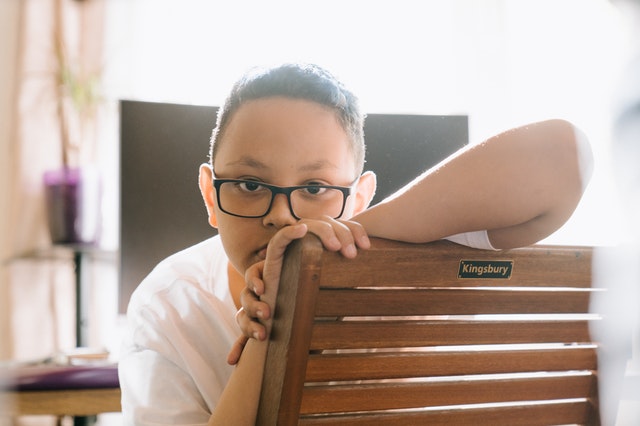
ANOTHER TIP FOR TEACHING CONSENT AND BODY SAFETY
It is just as important to train children about proper sexuality as it is to teach them about its abuses.
As a mom, I don’t want my children growing up with a distorted view of sex as something intended just to harm them. Instead, I want to (and get to) present my kids with a picture of God’s beautiful design for their bodies and sexuality.
God’s Design for Sex Series by Stan and Brenna Jones and Carolyn Nystrom (4 Books)
This series teaches biblical sexuality. It’s clear and thorough. The authors present sex as a gift to be enjoyed by both men and women within marriage.
Sex is not torture. It’s not disgusting. It’s lovely and a treasure.
Note that these books bear suggestions for age appropriateness. You as the parent have the final say as to when to read and discuss these books with your child.
Some parents have noted that the first book is excellent, while the second book in the series is a bit too detailed and graphic for their liking or their children’s maturity levels at ages 5-8. So keep in mind that you can present these books at a later age, if you deem it necessary.
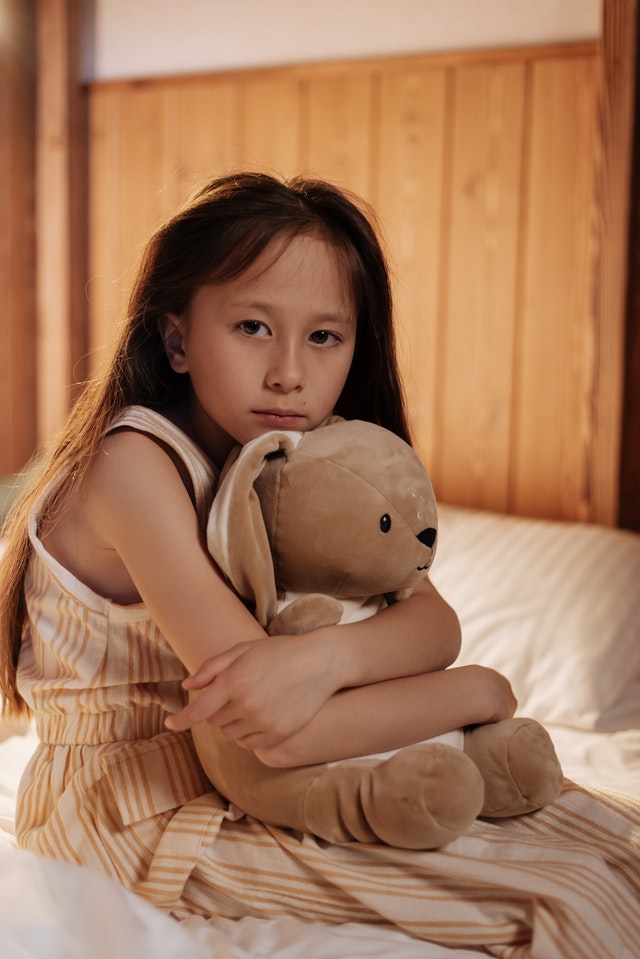
THE IMPORTANCE OF PHYSICAL TOUCH IN A WORLD OF ABUSE
Children need physical touch to thrive. This is evident in infancy, but its importance extends beyond that tender early age, as well. (Source)
This is as true in a world of brokenness as ever.
In addition to teaching my children about God’s design for our sexuality and bodies, I also see it as my responsibility to meet their need for positive physical touch.
As my children’s mom, I have the privilege of meeting this need in the purest of ways. I can give them hugs, kisses, back rubs…let them sit with me to read a book…stroke their hair as they fall asleep.
These are all ways of modeling for my kids how physical touch should be. Appropriate. Pure. Caring. Attentive.
Modeling appropriate touch is just as important as teaching my children to guard against inappropriate touch.
They need to be reassured that love is a true thing. That people don’t always try to exploit them. That our bodies can be used for good.
CLOSING THOUGHTS ON TEACHING CHILDREN ABOUT BODY SAFETY
Sexual abuse is no easy topic. But, hopefully, teaching our children about body safety and consent will prevent them from ever experiencing molestation.
At least, that’s my prayer.
Our life overseas might make this topic more complicated as we navigate another culture and its practices. But it does not by any means make training our children about appropriate and inappropriate touch impossible.
If you are traveling overseas with little ones, check out my post full of tips for flying internationally with a baby and toddler.
And don’t forget to share below: What have you found helpful for teaching your children about consent and body safety? Share with us in the comments!


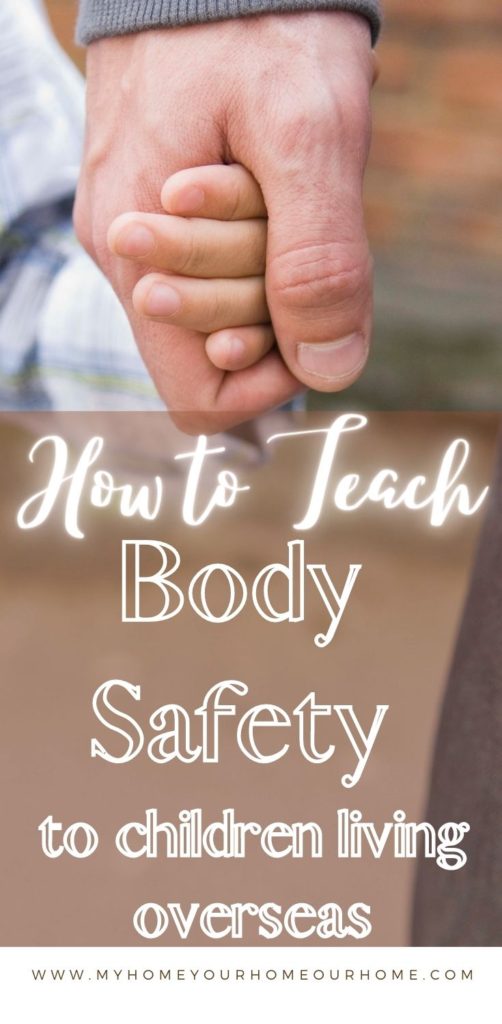
This post may contain affiliate links. I earn a small commission from qualifying purchases, at no extra cost to the purchaser.















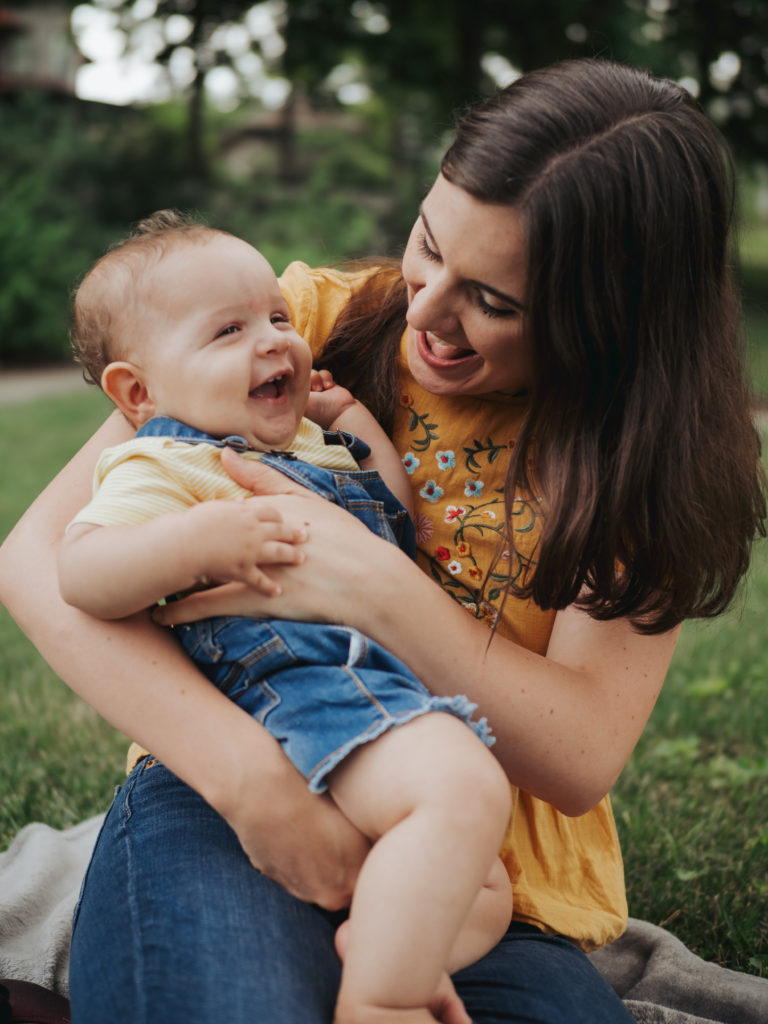
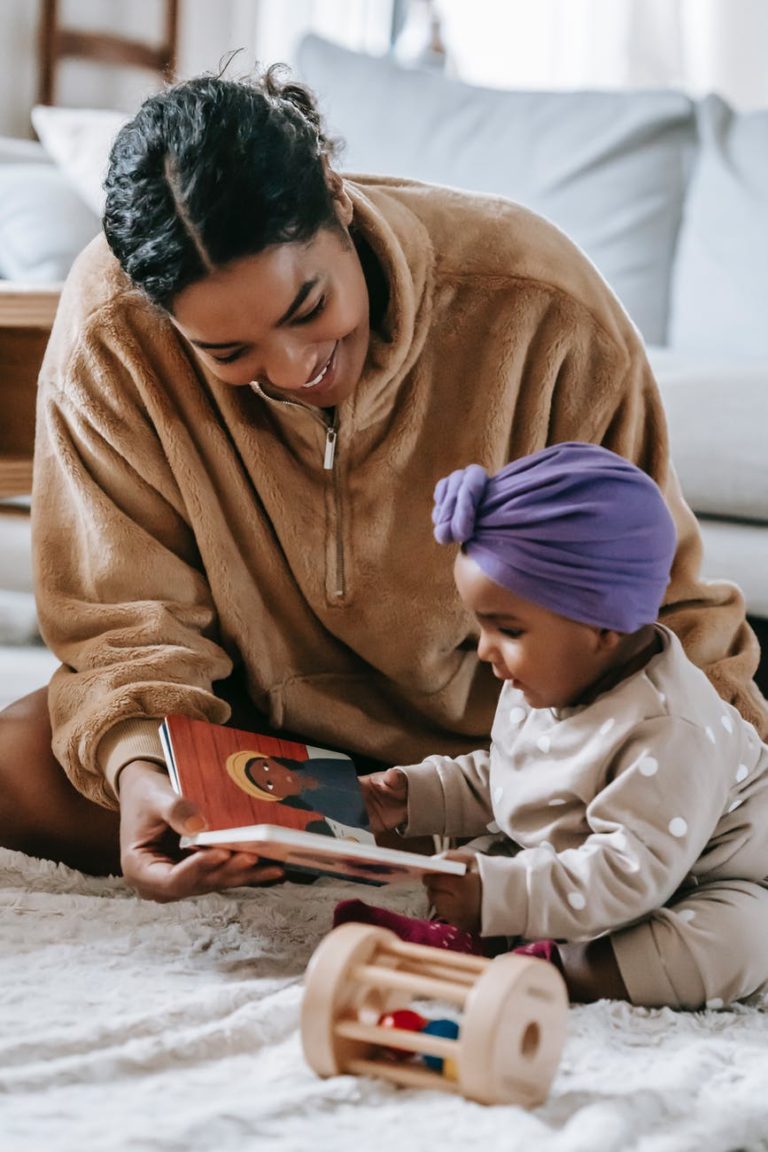
Such an essential topic, and you covered it tastefully and practically!
Sarah this post is so important in a world of so much sexual sin we need to be educating our kids. I can’t believe the grandma thing 😢 If a family member is trying to get my unwilling child to hug them I also offer the high five option if they say no I assure them that’s okay you don’t have to. Thanks for this post. ❤️ We also do good pictures bad pictures for our big kid.